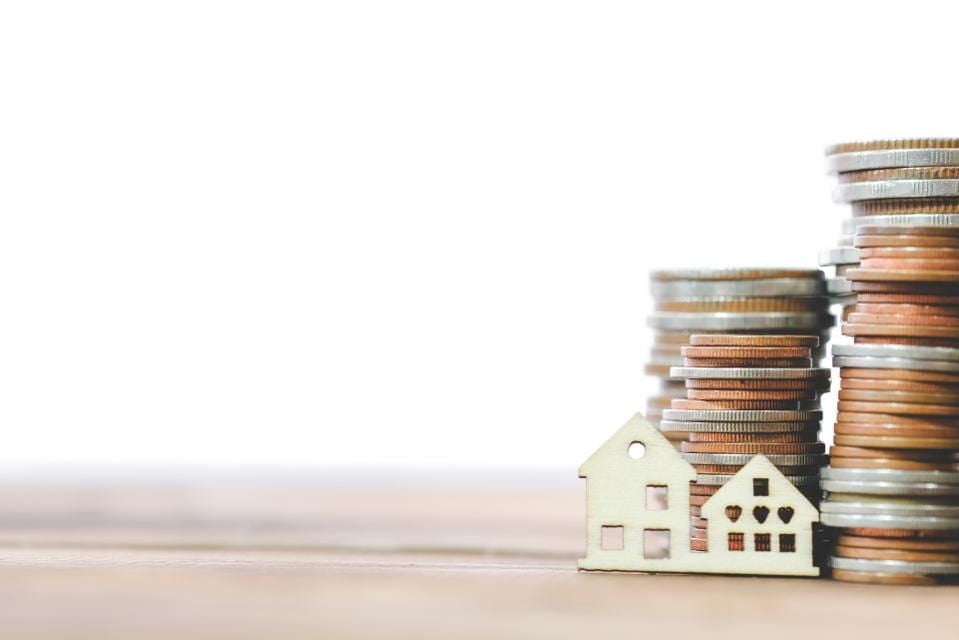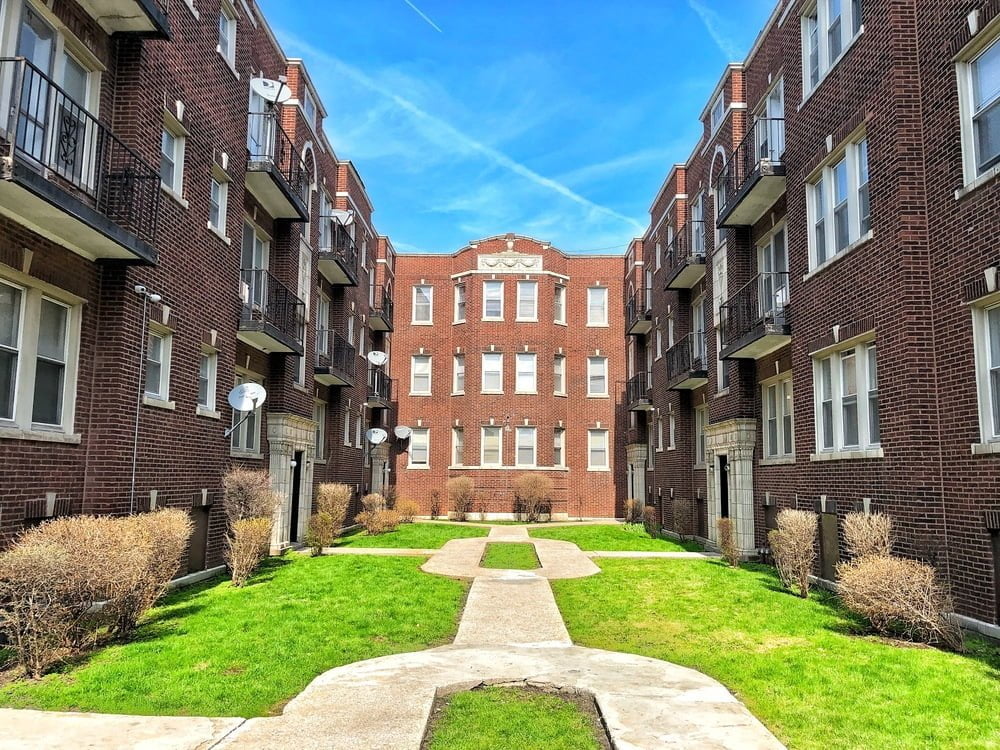04.16.20
Forbes: How Multifamily Investors Can Increase ‘Other Income’ And The Value Of Their Investment Property

“Other income” is sometimes a category both brokers and investors don’t really think about very much. It’s usually a catch-all for laundry, application fees or bounced check fees. Many times landlords don’t even itemize entries in this category. Other income is too often considered just the gravy on top of the income from rent. The reality, though, is that if your building’s value is determined by a cap rate, other income can have a dramatic upward effect on how much your property is worth. Here are a few ways to increase an apartment investment’s other income.
Obvious Other Income
As mentioned above, make sure you have as many traditional sources of other income as possible. If you have parking spaces, make sure you lease them out. Even in markets where most parking is included in the rent, does a tenant balk at $10 per month increase?
Traditional sources of other income also typically include laundry, storage and fees for late rent, applications, returned checks and lockouts. At a minimum, you should be charging your tenants for these amenities and services. If you aren’t, you are leaving money on the table as well as negatively impacting the overall value of your investment.
These traditional other income items are typically enough to wash out the cost of vacancy in any given market, or 3-5% of the income from your rent schedule.
Less Obvious Other Income
I’ve begun seeing additional types of other income among our clients and anticipate implementation becoming more widespread. Many landlords are now billing back portions of utilities to tenants. This practice is commonly known as a ratio utility billing system (RUBS). Before implementing this system, check with the regulations of your state regarding utility companies to make sure you are authorized and, if so, what limits might exist on the amounts you can bill back to tenants. Better still, consult with or hire a third-party billing company to implement this.
Landlords can also charge facilities fees (similar to what you might see at check-out from a hotel) in addition to rent to offset management and payroll expenses. For landlords allowing pets, consider a pet rent add-on per animal. Another other income item is a move-in fee. This one-time fee can be charged either in addition to or in lieu of security deposits.
Cutting-Edge Other Income
I’ve also seen additional categories for other income commencing. I expect these to become more commonplace in the coming years. Tenants sometimes need leases for less than one year. If you would consider this, a short-term rental premium could be implemented. This would cover not only the additional cost of a unit turn, but also the anticipated vacancy of releasing the unit ahead of schedule.
You should also consider implementing a tax stop in your leases (especially in markets where property taxes are increasing rapidly or are volatile), similar to what a commercial lease would include. If property taxes increase above the cap in the lease, an additional monthly charge of property tax above stop could be included.
Also consider whether or not your tenants are putting their apartments on Airbnb when they’re out of town. Many landlords discourage or prohibit this activity, but consider embracing it instead — and share the profit. Rather than fight a losing battle, does it make sense to partner with your tenants, centralize the overnight leasing through your management company and share the profit with your tenant? Perhaps this would not only help boost your other income, but also create a stronger potential for renewal with your tenant.
In conclusion, other income can significantly boost your property’s value. If your building is valued at a 7% cap rate, $50,000 in additional other income adds more than $700,000 in value to your property. Look for ways to tweak your other income. In addition to the extra income you’ll receive, you’ll really reap the rewards when you’re selling or refinancing.
